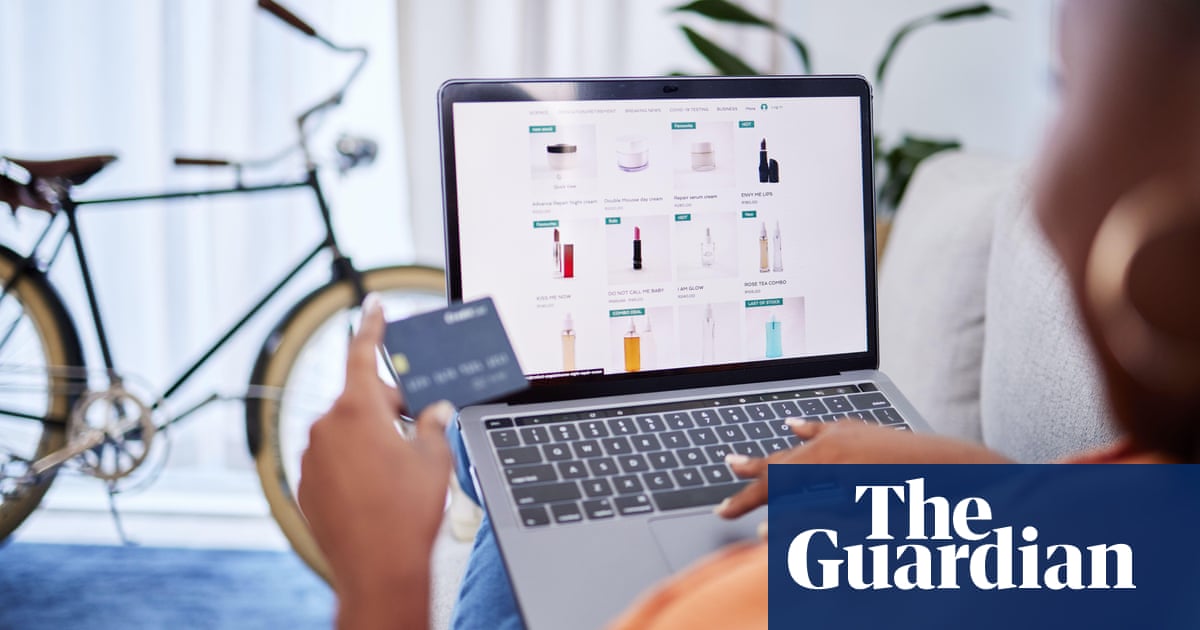
This year, like retirees are wont to do, my dad got extremely into a very specific hobby. In his case, it was hauling out the espresso machine from its usual hiding spot in the hard-to-reach cabinet and making lattes for the family. He lamented his inability to make a perfect swirl with the foam frequently enough that, in anticipation of Christmas, I went online to search for latte art stencils.
The Google search result was like nothing I had encountered before. Instead of a list of actual shops that sold reputable, well-crafted products, I was served an overwhelming mess of online retailers I had either never heard of or had once been cautioned against. Every widget, sidebar and filter had been deployed to ostensibly aid in my search experience, but actually ended up crowding the screen with sponsored listings and images.
These days, it feels as if everything on the internet is optimised for shopping. The rise of low-cost, low-quality “everything stores” such as Amazon, Temu and Shein makes it seem that buying products has never been easier. It’s too easy, in fact, as Amanda Mull writes in an essay for the Atlantic on how the internet enables impulse shopping. Retailers have reduced the friction of checking out so effectively that by the time you’re second-guessing, say, your late-night pet toy order, the money has left your account and something called a “cat donut tunnel” is already on its way. Plus, website cookies mean that the item you merely glanced at one morning ends up following you across the internet – and into sponsored posts on your Instagram feed.
The launch of TikTok Shop in September introduced yet another “everything store” to the world, and now they’re all fighting for your attention through marketing messages and discounts. (After Indonesia regulated shopping on social media platforms, last week TikTok announced it is planning to invest $1.5bn in an Indonesian e-commerce company.)
Shopping is no longer something you take the time to do, but something the internet wants you to be doing at any given moment.
It’s no surprise, then, that consumers have marketing fatigue. A survey last January by marketing platform Optimove found that two-thirds of consumers want fewer marketing messages, and 27% feel “bombarded”. The rise of personalisation tactics, too, mean brands aren’t just on your feeds and in your inbox, but are also sending you text messages, featuring coupons and specific recommendations in a desperate attempt to retain your loyalty.
Despite the results of these surveys, shopping itself isn’t going anywhere, and much of that consumption happens online. According to the UN, an estimated 12% of the world’s population living in North America and western Europe are responsible for 60% of global private consumer spending. TikTok, perhaps the social media platform whose culture most lends itself to overconsumption, is also the one taking the most flak. Needlessly excessive skincare collections and egregious fast-fashion halls are being called out as wasteful, and spurring an entire “de-influencing” trend.
Underlining this is the fact that cheap products that ship quickly are, at best, poor quality and, at worst, the result of unfair labour practices. The willingness of consumers to disregard these issues also comes at the expense of small businesses who are doing their best to remain competitive. For instance, to compete with more traditional shopping platforms, Etsy announced in 2019 that it would de-prioritise sellers who didn’t offer free shipping, which either forced makers to increase their prices and risk losing business, or take a financial hit.
This all leaves us in a needless race to the bottom. Overconsumption is rampant, yet companies are continuing to cut corners and slash prices in pursuit of even more growth. But we might just be at the breaking point. Because of these tactics, shopping online is becoming increasingly seedy and bleak, and not worth the convenience. In the end, to buy my dad his latte art stencils, I realised I’d rather take the bus six stops to the store.












